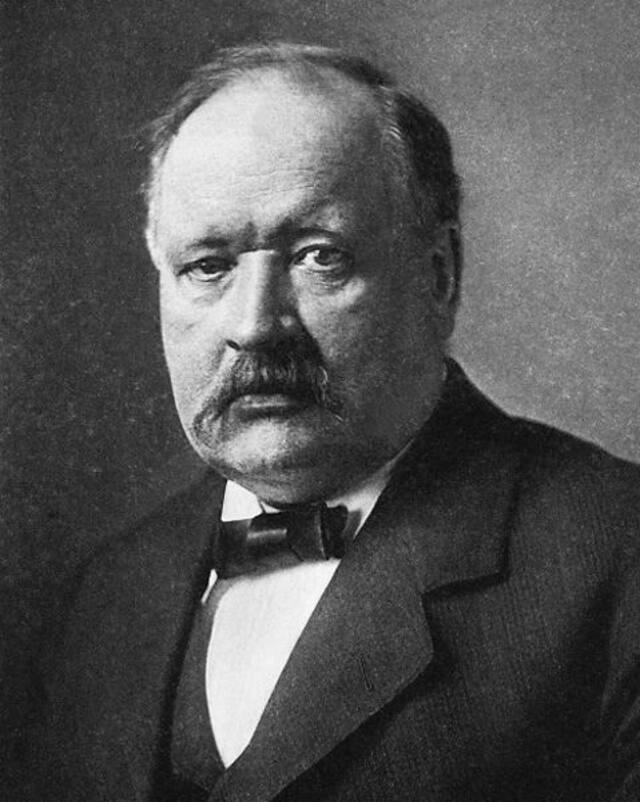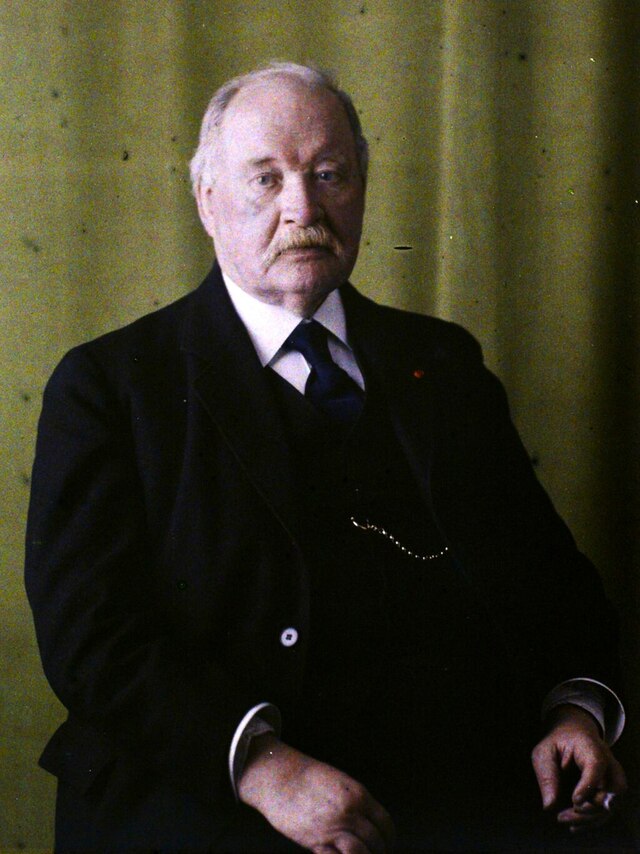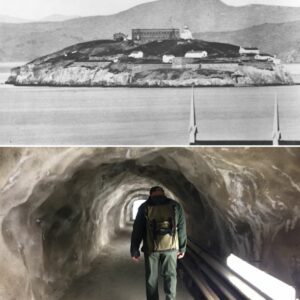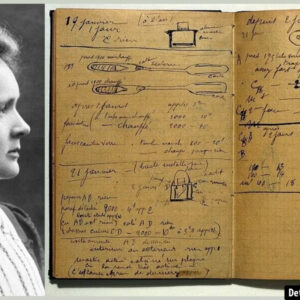The story of climate change science has its roots in the work of one remarkable man, Svante Arrhenius. His groundbreaking research in the late 19th and early 20th centuries laid the foundation for our modern understanding of global warming. In an era when the concept of climate change was largely uncharted, Arrhenius’ theories on the greenhouse effect would shape not only the future of scientific inquiry but also the trajectory of global environmental policy. The journey of climate change science, from its humble beginnings to its current prominence, is deeply tied to the legacy of Arrhenius and the foundational theories he introduced.
Svante Arrhenius: The Father of Climate Change Science
Svante Arrhenius was born in 1859 in Uppsala, Sweden, and from an early age, it was clear that he was destined for greatness. Though his educational journey was filled with both challenges and breakthroughs, his fascination with chemistry, mathematics, and the natural world eventually led him to a groundbreaking discovery that would reverberate across scientific communities for generations.

Arrhenius initially embarked on a career focused on the conductivity of electrolytes, earning his PhD from Uppsala University. However, it was his keen interest in the natural world, particularly the climate, that would propel him into the annals of history. While working in Stockholm, Arrhenius began to wonder about the cause of Earth’s ice ages, speculating that large shifts in atmospheric CO2 levels might be the key. At the time, the idea was unorthodox and largely dismissed, but it became the cornerstone of his revolutionary work.
Video
Watch Svante Arrhenius, the Man Who Foresaw Climate Change | Science Pills to learn about the groundbreaking work of Svante Arrhenius and his early predictions about global warming. A fascinating look at science history!
The Greenhouse Effect: The Core of Arrhenius’ Theory
Arrhenius is often credited with being the first scientist to quantify the greenhouse effect. His groundbreaking 1896 paper on the topic proposed that the concentration of carbon dioxide (CO2) in the atmosphere had a direct impact on Earth’s climate, particularly its temperature. Arrhenius postulated that the higher the CO2 levels, the warmer the planet would become, a simple yet profound insight into the planet’s climate system.
What made Arrhenius’ theory so radical was the manner in which he connected CO2 to water vapor, the most powerful greenhouse gas. While CO2 trapped infrared radiation, warmer air would also hold more water vapor, which would amplify the warming effect. This understanding was crucial in demonstrating how the planet could heat up over time as a result of rising CO2 levels.
Arrhenius calculated that doubling the amount of CO2 in the atmosphere could lead to a temperature increase of 5-6°C, which, at the time, seemed like a distant theoretical possibility. However, modern measurements now suggest that the rise in temperature would likely be between 2-3°C, still a significant change by contemporary standards.
From Theory to Controversy: The Debate Over Climate Change
When Arrhenius first introduced his ideas about the role of CO2 in global warming, they were met with skepticism by many in the scientific community. His calculations were seen as overly simplistic, and critics dismissed his work as speculative. Moreover, the scientific community was not yet ready to fully grasp the implications of human activity on the climate. Arrhenius himself did not immediately make the connection between industrial CO2 emissions and climate change, though he did acknowledge that the burning of coal could eventually raise CO2 levels.

Despite the controversy, Arrhenius’ work remained influential, especially as scientific inquiry into the Earth’s climate continued to evolve over the next century. His early work on the greenhouse effect would eventually gain recognition, as subsequent researchers expanded upon his theories, incorporating additional data and refining their understanding of the complex relationships between atmospheric gases and temperature.
Reinforcing the Theory: The Work of Guy Callendar and Gilbert Plass
While Arrhenius laid the groundwork for modern climate science, it wasn’t until decades later that other researchers began to validate and refine his theories. In 1938, English engineer Guy Callendar added a significant contribution to the field by demonstrating that temperatures had risen globally over the previous decades, a trend that seemed linked to the increasing levels of CO2 in the atmosphere. His work lent further credibility to the idea that human activity was indeed influencing the climate.
Later, in the 1950s, physicist Gilbert Plass built upon Arrhenius’ work, providing further evidence that CO2 was contributing to a warming climate. By 1956, Plass had confirmed that the addition of CO2 to the atmosphere would absorb more infrared radiation and increase global temperatures. This, along with the rising CO2 levels from industrialization, underscored the potential dangers of unchecked human activity on the planet’s climate system.
The 1980s: Climate Change Becomes a Megascience

By the 1980s, climate change had evolved into a major scientific field. Researchers from diverse disciplines, including geology, chemistry, and physics, began tackling the problem from multiple angles. A crucial tool in this effort was the study of ice cores from Greenland and Antarctica, which revealed atmospheric CO2 levels over hundreds of thousands of years. These cores provided a clear picture of how CO2 concentrations fluctuated during past ice ages and interglacial periods.
In 1987, an ice core from Antarctica revealed that CO2 levels had reached unprecedented highs, well beyond the levels recorded in the previous 400,000 years. The data from these ice cores, combined with the increasing recognition of the role of human activity in raising CO2 levels, made it difficult for even the most skeptical scientists to deny that climate change was real and that humans played a role in it.
The Kyoto Protocol and Global Action
As climate science gained traction, global organizations and governments began to recognize the urgency of the situation. In 1997, the Kyoto Protocol was negotiated, marking the first international treaty to commit countries to reducing their greenhouse gas emissions. The protocol called for industrialized nations to cut their emissions by 5.2% below 1990 levels by 2012. This was a significant step in acknowledging the human impact on the planet’s climate and establishing a framework for action.
Since the ratification of the Kyoto Protocol, more than 100 countries have adopted measures to reduce emissions. The continued rise in CO2 levels, however, has led to even greater calls for urgent action. As the world’s climate continues to change, the legacy of Svante Arrhenius remains ever more relevant.
Modern Perspectives on Climate Change and the Legacy of Arrhenius
Today, the consensus on climate change is undeniable. Scientists worldwide agree that human activities, particularly the burning of fossil fuels, are significantly contributing to global warming. The predictions made by Arrhenius over 100 years ago now appear increasingly accurate, as the planet experiences rising temperatures, extreme weather events, and shifts in ecosystems.
Arrhenius’ work serves as a reminder of how far we have come in our understanding of the planet’s climate system. His groundbreaking theories laid the foundation for the climate science megascience of today, which continues to evolve as new data is collected and analyzed. The fight against climate change now involves countless scientists, policymakers, and activists, all working to mitigate the effects of global warming and secure a sustainable future for the next generation.

Video
Watch Svante Arrhenius and the Greenhouse Effect to explore how this scientist first proposed the theory of the greenhouse effect and its relevance to climate change today. A must-watch for science enthusiasts!
Conclusion: The Continuing Legacy of Svante Arrhenius
Svante Arrhenius may not have fully realized the far-reaching implications of his work, but he became the father of climate change science nonetheless. His pioneering research in the late 19th century revolutionized our understanding of the planet’s climate system, providing the first quantitative model of the greenhouse effect. As the world grapples with the challenges of global warming, Arrhenius’ legacy remains central to the ongoing battle against climate change, and his name will forever be etched in the history of science.
The world may have taken many years to catch up to his vision, but today, Svante Arrhenius stands as a monumental figure in climate science—an enduring symbol of how one man’s curiosity and determination could reshape the world’s understanding of the most pressing issue of our time.



